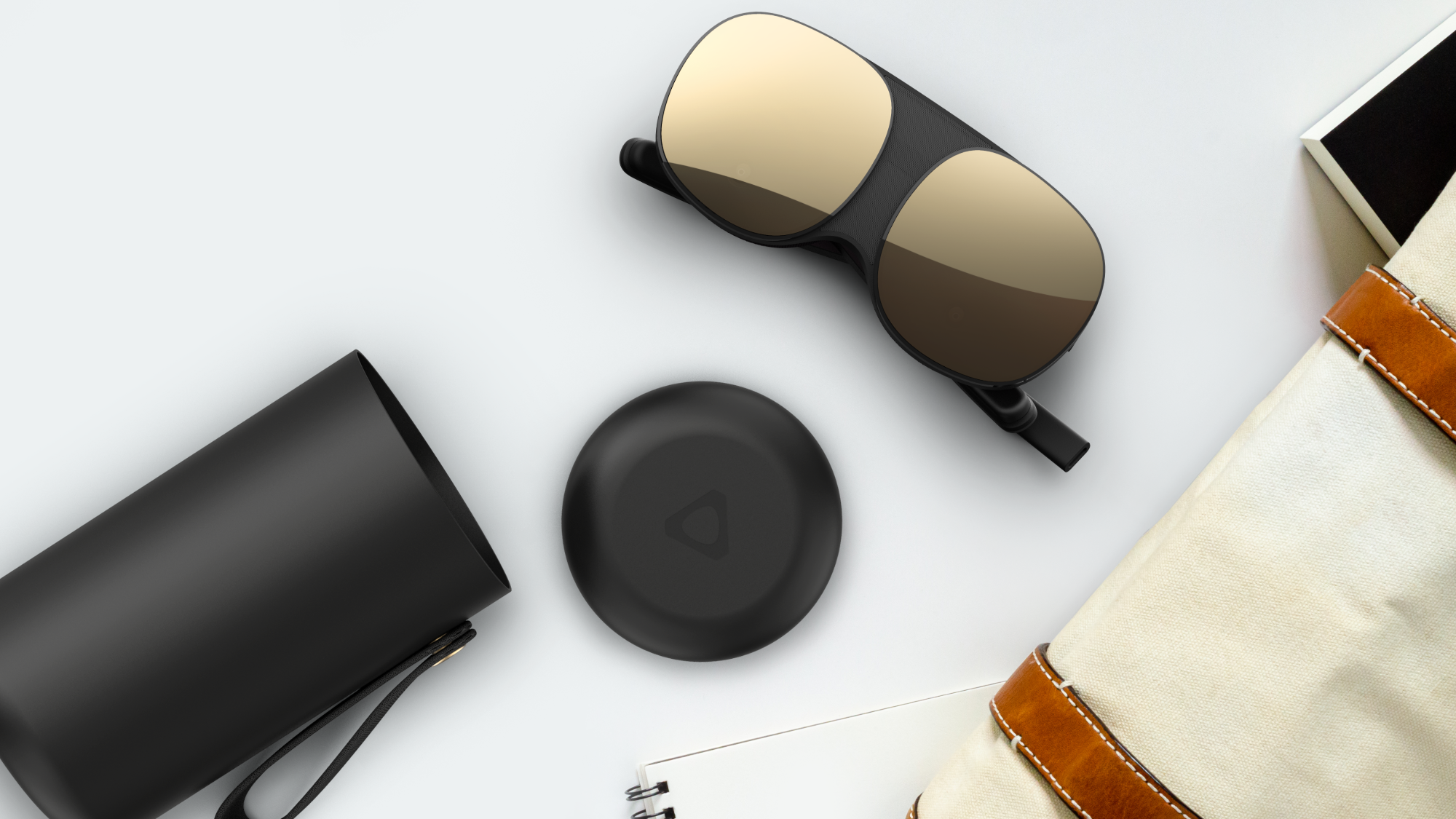
The HTC Vive Flow is looking to shake up the Oculus Quest 2-dominated VR market with a new headset that puts meditation and media consumption at the forefront.
In a press release, HTC Vive announced the Vive Flow, a more casual VR headset meant for those looking for content outside of gaming. The headset costs $499, which is significantly more than the Oculus Quest 2, which starts at $299.
At the moment, there's no set release date, but shipments will take place in early November. Some of the key selling points seem to be the lightness of the design and a clever cooling system.
- These are the best VR headsets
- Here are our top picks for the best VR games
"It has never been more important to take time out to calm our minds, and Vive Flow provides the perfect opportunity to escape our four walls and immerse ourselves in our ideal ambience," said Cher Wang, CEO of HTC in a press release. "Meditation, gentle stretches, brain training, streaming our favorite shows or even meeting friends or coworkers in VR with Vive Sync can all be enhanced by a device light and compact enough to fit in our pocket."
Here's everything we know so far about the HTC Vive Flow.
HTC Vive Flow release date

The HTC Vive Flow shipped in early November 2021, after pre-orders went live on Oct. 15
HTC Vive Flow price

A major sticking point for the Vive Flow is its high price. While $499 might not sound high compared to headsets like the Valve Index, which retail for $999, the Vive Flow is far more expensive than its main competitor.
Sign up to get the BEST of Tom's Guide direct to your inbox.
Get instant access to breaking news, the hottest reviews, great deals and helpful tips.
Facebook's Oculus Quest 2, which sits atop our best VR headsets list, is aggressively priced at $299 for the 128GB model. It also includes a standalone headset and controllers, which the Vive Flow doesn't have.
HTC Vive Flow features and specs

HTC Vive's own press release didn't give a ton of detailed specs on the Vive Flow, but Lucas Matney over at Tech Crunch was able to get an early hands-on.
The HTC Vive Flow is powered by the last generation Qualcomm XR1 processor. The Oculus Quest 2 uses the Qualcomm XR2 processor by comparison. This normally would be a major demerit on any piece of tech, but considering the Vive Flow is not meant for gaming, it honestly will not be that big of an issue. It still begs the question: why is the Vive Flow so much more expensive?
Either way, unlike the Oculus Quest 2, the Vive Flow is a paltry 189 grams in weight. The Quest 2 weighs in at a much heftier 532 grams. So the Vive Flow should be more comfortable to wear.
As for the screen, the headset boasts 1.6K per eye resolution, although Matney noted that HTC Vive did not divulge the exact pixel count. The screen also refreshes at 75 fps, which is fine for content consumption. The Vive Flow also has a 100-degree field-of-view.
The Vive Flow is fitted with "pancake" optics, which are thinner than standard VR lenses. The Vive Flow's adjustable diopter lenses can easily allow users to correct vision inside the headset, forgoing the need to use glasses.
One defining characteristic with the Vive Flow are its giant outer lenses, that look like the bug eyes on a fly. Apparently those house cameras underneath. And there's also a fan inside the headset to draw out hot air away from a user's face and eyes, a big deal for those that enjoy working out in VR.
As for battery life, there is none. Weirdly, the Vive Flow does not have a battery on board, and instead must be powered either via an Android phone or an external power source. This also means that the Vive Flow is technically not a wireless headset. Really, it seems that the companion phone app will do much of the heavy lifting for the Vive Flow, even if that lift is nothing more than meditation 2.0 apps like TRIPP, Route 66 or Mynd VR.
As the Vive Flow is not a gaming device, it does not include controllers.
HTC Vive Flow outlook

While we haven't gone hands-on with the Vive Flow yet, it's undoubtedly an odd device. It's trying to cater to a casual VR user that we're unsure exists. Plus, at its $499 price point, we suspect it might be a tough sell over the Oculus Quest 2.
There are definitely some interesting ideas with the Vive Flow, some of which we assume other companies have also been experimenting with. But at this stage the Vive Flow feels more like a souped-up version of cardboard VR headsets that work with a smartphone. Yes, it's light and compact. But will consumers really want to fork over $500 for a headset that can only be used for media and meditation?
The cooling feature, which uses a fan to pull hot air away from your face and eyes, is nifty, and potentially a game changer for working out in VR, it might not be enough. But until reviewers and fans get significant hands on time, only then will we know if it's worth the cost.
- Next: Google Pixel 6: Everything you need to know
Imad is currently Senior Google and Internet Culture reporter for CNET, but until recently was News Editor at Tom's Guide. Hailing from Texas, Imad started his journalism career in 2013 and has amassed bylines with the New York Times, the Washington Post, ESPN, Wired and Men's Health Magazine, among others. Outside of work, you can find him sitting blankly in front of a Word document trying desperately to write the first pages of a new book.












